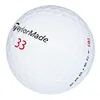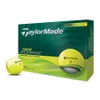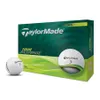TaylorMade Tour Response vs TaylorMade Project (a)
TaylorMade’s Tour Response ball on test against its stable mate – TaylorMade Project (a)
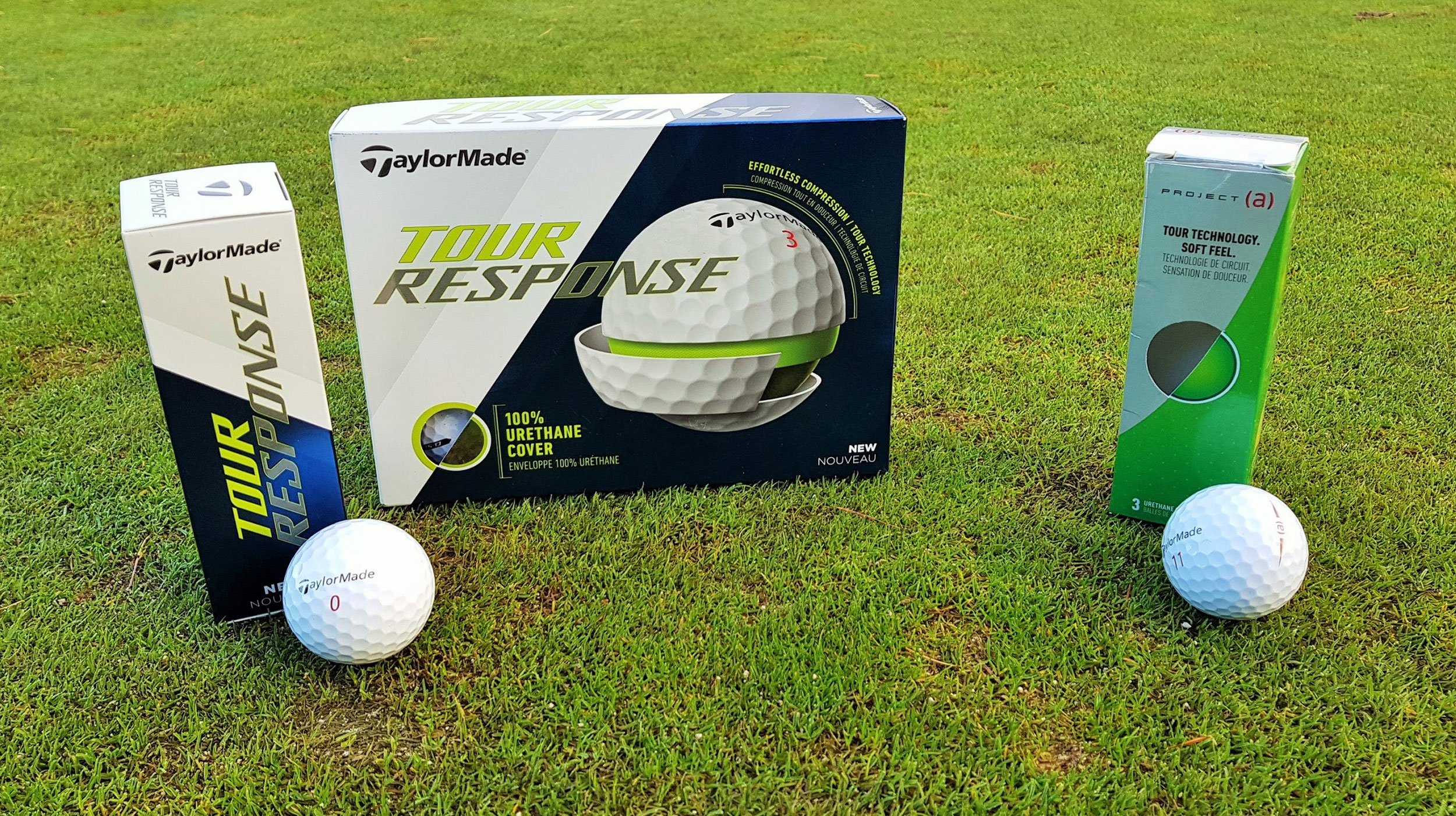

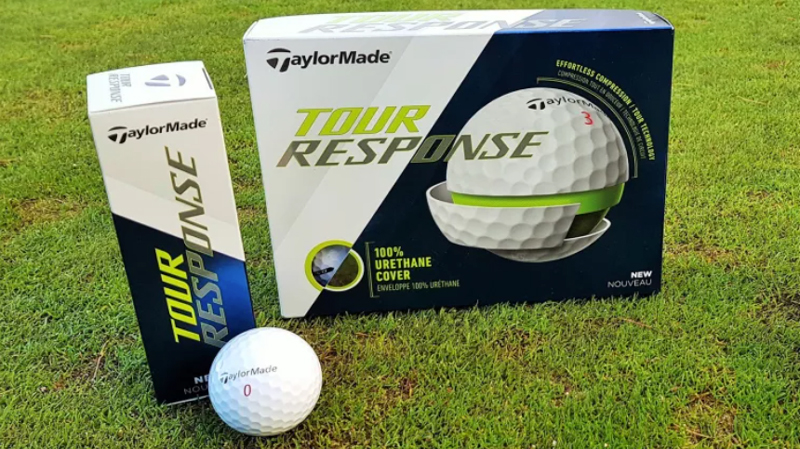
The Tour Response offers premium-like performance without the price. It is great for those who have a faster-than-average swing speed and want good control around the greens too.
For
- Great all-round feel
- Distance off the tee
- More affordable price
Against
- Slightly quicker swing speed needed
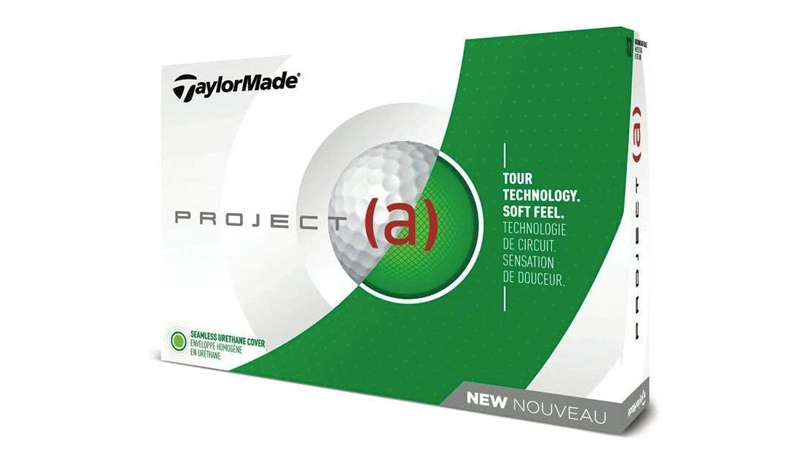
An older model, the Project (a) still provided good performance for us both in the long game and also in the short game. As a result the value on offer here is excellent.
For
- Long golf ball
- Soft feel in short game
- Can be found cheaply
Against
- Old model that's been replaced
TaylorMade Tour Response vs TaylorMade Project (a)
In this review of the TaylorMade Tour Response golf ball vs the TaylorMade Project (a) we compare two of the best-performing mid-range golf balls created to tempt golfers away from buying expensive premium tour balls.
TaylorMade surveyed amateur golfers extensively to discover what they want in a golf ball, both in terms of performance and budget. Feedback showed many playing tour balls unsuited to their playing ability or physical capabilities.
Its solution was to create three-piece balls with a 100% urethane cover – the gold standard material for tour level golf balls - that could offer equivalent performance to the best golf balls at great value price points.
TaylorMade launched the Project (a) ball in 2014 promising ‘big boy spin’ and serious ‘stopping power’ on the premise that amateur golfers spin the ball around 50% less than professional golfers. Further evolutions and distance enhancing technology have made it a useful stablemate to TaylorMade’s TP5 and TP5 X balls.
In 2020 TaylorMade introduced its new Tour Response ball to drive forward its efforts to win over golfers that stayed loyal to the best premium golf balls.
Both balls have a 100% urethane cover, springy mid-layer and a softer core – measuring around 70 compression overall but with the actual core rated at 40 compression – making them easier to compress and delivering similar distance to tour models with high levels of greenside spin.
Is the Tour Response a repurposed and repackaged Project (a) or are there noticeable performance differences that set them apart?
Get the Golf Monthly Newsletter
Subscribe to the Golf Monthly newsletter to stay up to date with all the latest tour news, equipment news, reviews, head-to-heads and buyer’s guides from our team of experienced experts.
We tested both balls on the golf course and on a launch monitor to see how they compared.
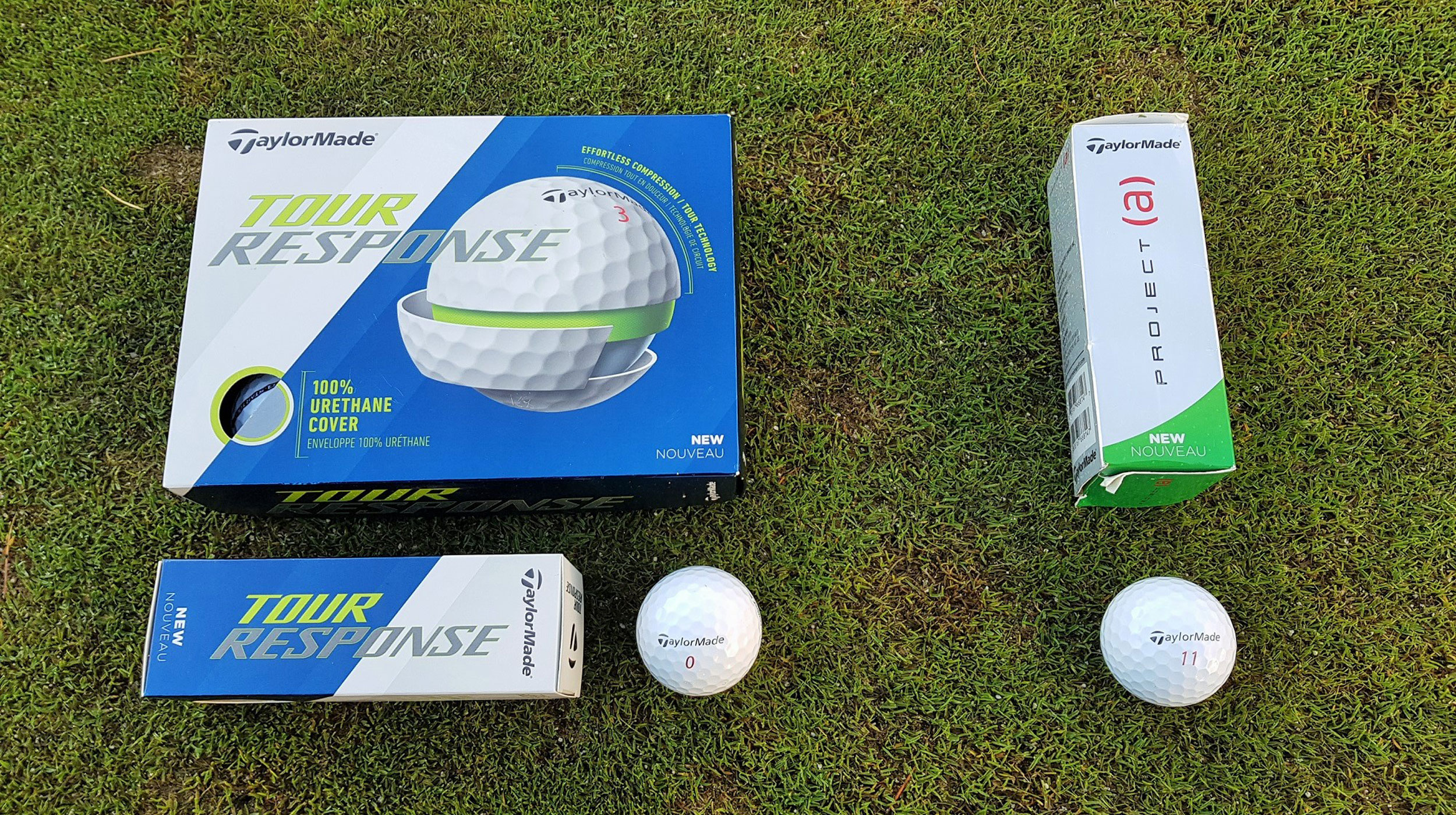
Looks
Out of the box, the TaylorMade Tour Response looks and feel just like the higher priced TP5 and TP5x balls. It screams premium.
The numbers on the Tour Response are deep red and the branded alignment arrow shows the ball name as well as helping to line up tee-shots and putts.
The Project (a) looks surprisingly similar with the exception of its burnt orange alignment arrow. Both balls have 322 dimples and a clean uniform pattern. The urethane cover makes them soft and sticky to the touch.
To the naked eye, both balls look great. The Project (a) is available in higher numbers for people who like to mix it up a little.
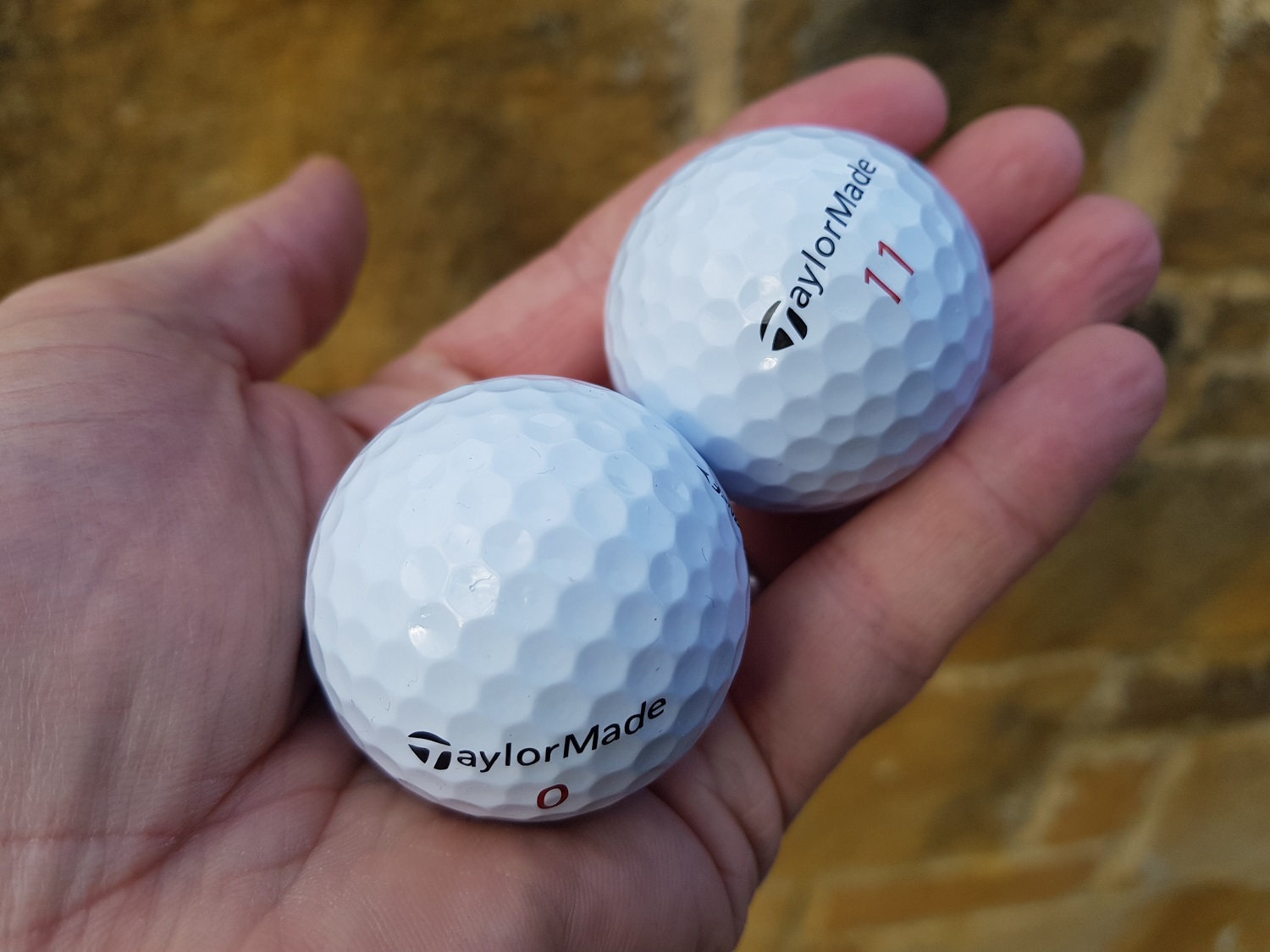
Feel
For balls with a low compression core, the TaylorMade Tour Response and Project (a) don’t feel as soft as you’d think on full shots. They come off the clubface with a firm, solid feel and on mishits felt dull and heavy off the face.
On centre strikes, the core of the Tour Response feels springy and there’s an obvious energy transfer as the ball flies off quickly. TaylorMade call this feature a ‘hi-spring core’ and they’ve coupled it with a thinner HMFq SPEEDMANTLE™ for advanced ball speed.
The Project (a) feels softer off the clubface than Tour Response. Its outer cover is designed to be stiffer to be allow for faster ball speeds as the ball compresses on the face and rebounds quickly.
Around the green, the Project (a) edged it for me. It felt more responsive and in testing seemed to deliver more spin and check than the Tour Response, especially on lower stop-and-hop pitch shots. On higher softer shots, like lobs and greenside pitches, both balls felt soft and released virtually the same on landing.
Ball Flight
The spin profiles of the TaylorMade Tour Response and the Project (a) on the launch monitor test threw up some interesting results. Every golfer is different and so many findings are specific to the way I deliver the club, attack the ball and impart spin.
The Project (a) span less than the Tour Response in a comparative test of 10 seven-iron shots, however, spin rate on both balls was generally on the higher side for that club. Ball speed was lower on Project (a) than Tour Response, which was consistently between 117 and 120mph, compared to 114 to 117mph for the (a) ball.
Distance was consistently closer across the test pool – between 170 and 176 yards - with the Tour Response while the Project (a) was longer on good shots and shorter on mis-hits (179 yards to 168 yards differential).
On course, both balls stopped quickly on approach shots into greens and flew with the same stable flight profile you expect from the best TaylorMade golf balls like the TP5 and TP5x, holding a straight flight and deviating less than competitor balls.
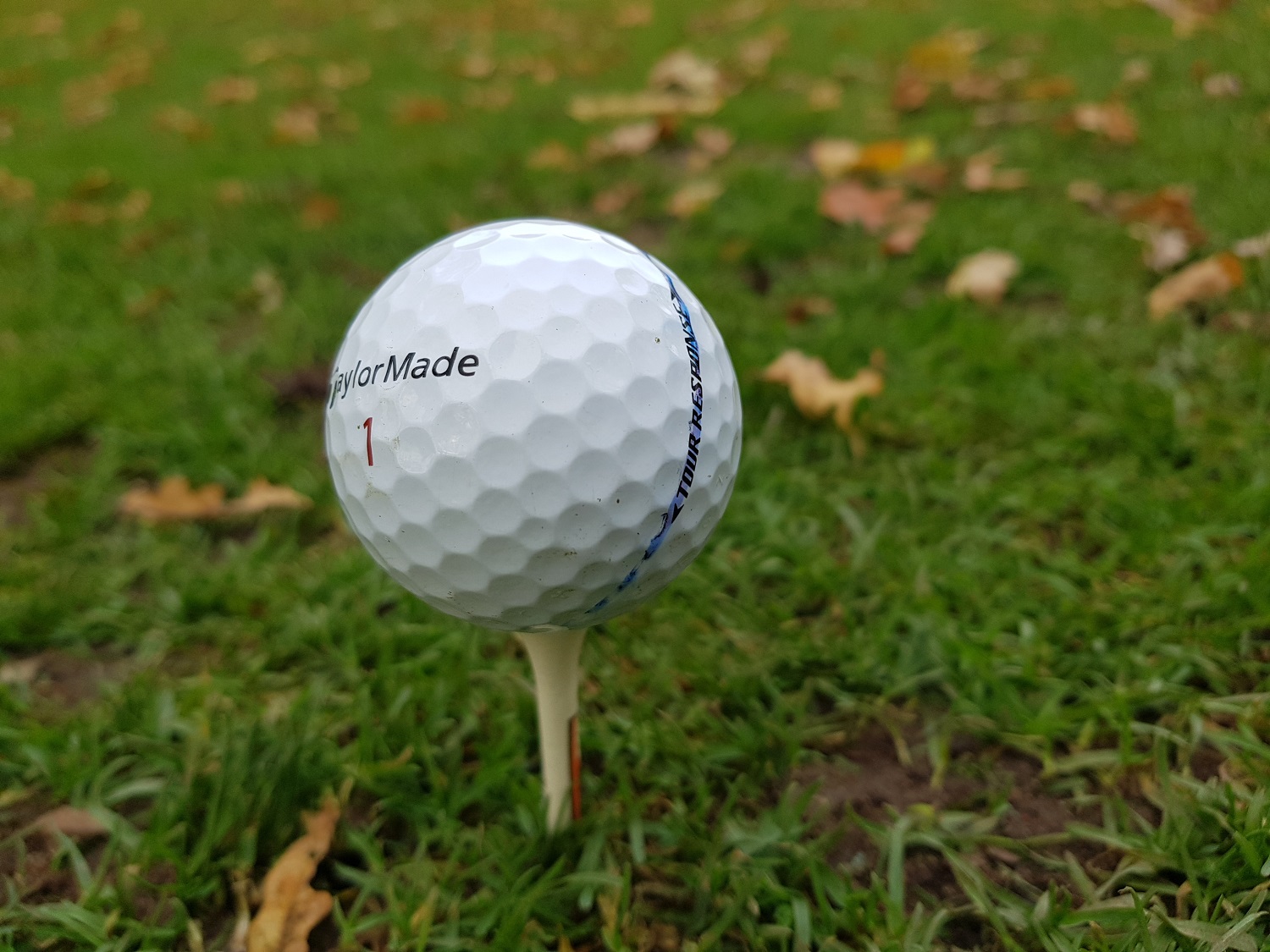
Distance
In driver testing, TaylorMade Tour Response launched high and flew with a stable consistent flight. Launch monitor testing returned spin rates just below 3000 – which is probably a smidge high for optimum driver performance – and producing high ball speeds and distances comparable to those recorded for premium balls.
Again, the Project (a) was longer on well-struck drivers and shorter on off-centre hits, creating a feeling that overall Tour Response is slightly more consistent in dispersion and distance across the board.
The highest ball speed (164mph) came from the Project (a) and this is likely due to its dual-distance core which is larger and intended to create an explosion of energy at impact.
On the course and in a cold northerly wind, it was genuinely difficult to tell which ball was superior on a similarly struck drive.
Indoors, Tour Response was plenty long and averaged over 170 yards with 7-iron on the launch monitor – which compares well to my stock yardage of 169. Project (a), while less consistent in average distance, was also as long as most tour balls that I’ve played.
Control
Given their lower price point, both balls deliver the distance they promise, the stability of flight and the control and spin on hitting the green.
The Tour Response is slightly more consistent when it came to distance control on the launch monitor, but the advantage was minimal.
Launch monitor testing showed that I got a significant amount of short game spin with the Project (a), which isn’t surprising given that TaylorMade designed it to spin more and make-up the spin gap between pros and amateurs.
Both balls were consistent in flight and performed well in a cold 20-mph wind during on-course testing. I’d class them as solid options for golfers seeking straighter flight and less shape on their shots.
Which ball should you choose?
Choose the TaylorMade Tour Response if...
- You want a cheaper alternative to the TP5 and TP5x
- Consistent distance control
- You want higher launch, consistent distance and stable flight in the long game
- You prefer a firmer feel green side
Choose the Project (a) if…
- You spin the ball more with your wedges and around the green
- Add yards to your drives
- Prefer a softer feeling ball for short game and putting
Matthew Moore fell in love with golf hitting an old 3-iron around his school playing field imagining rugby posts were flags and long jump pits as bunkers.
He earned golf scholarships to the University of St Andrews and Emory University, Atlanta, U.S.A and dreamed of playing professionally before training as a journalist.
He has worked at Golf Monthly and CNN Sports as well as covering golf news, features, products and travel as a freelance writer and TV presenter for newspapers, magazines and corporate clients. Matthew has interviewed Ryder Cup Captains, Major Champions and legends of the game and rates sharing a glass of rioja and a bowl of nuts with Miguel Angel Jimenez as his favourite moment. Matthew plays off 1, has won five club championships and aced the first hole of Augusta National’s Par-3 course in 2002.
-
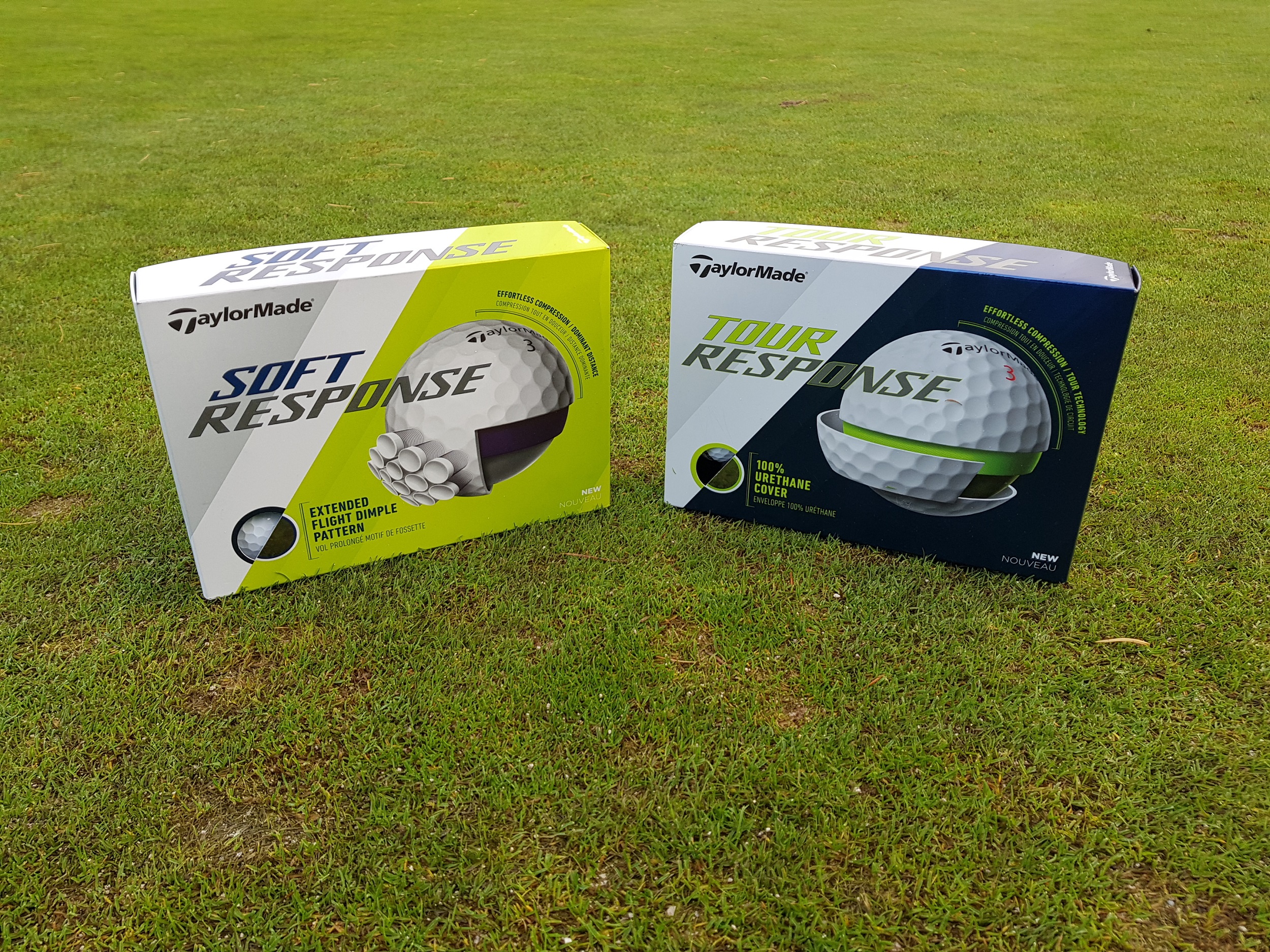 TaylorMade Tour Response vs TaylorMade Soft Response
TaylorMade Tour Response vs TaylorMade Soft ResponseTaylorMade’s Tour Response tested against its sister ball – TaylorMade Soft Response
By Matthew Moore
-
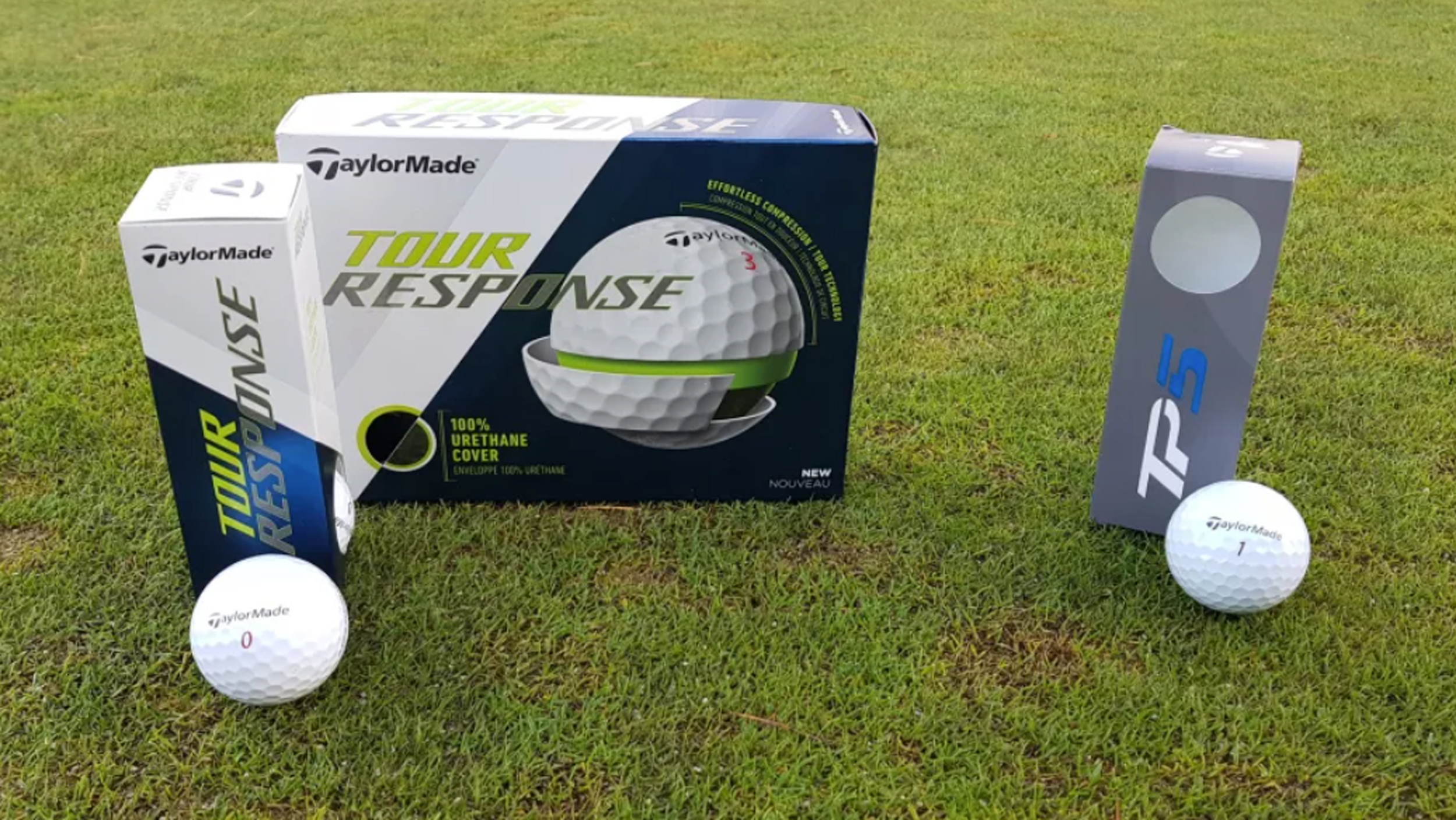 TaylorMade Tour Response vs TaylorMade TP5
TaylorMade Tour Response vs TaylorMade TP5Which ball came out on top in a head-to-head between TaylorMade’s tour performance golf balls?
By Matthew Moore
-
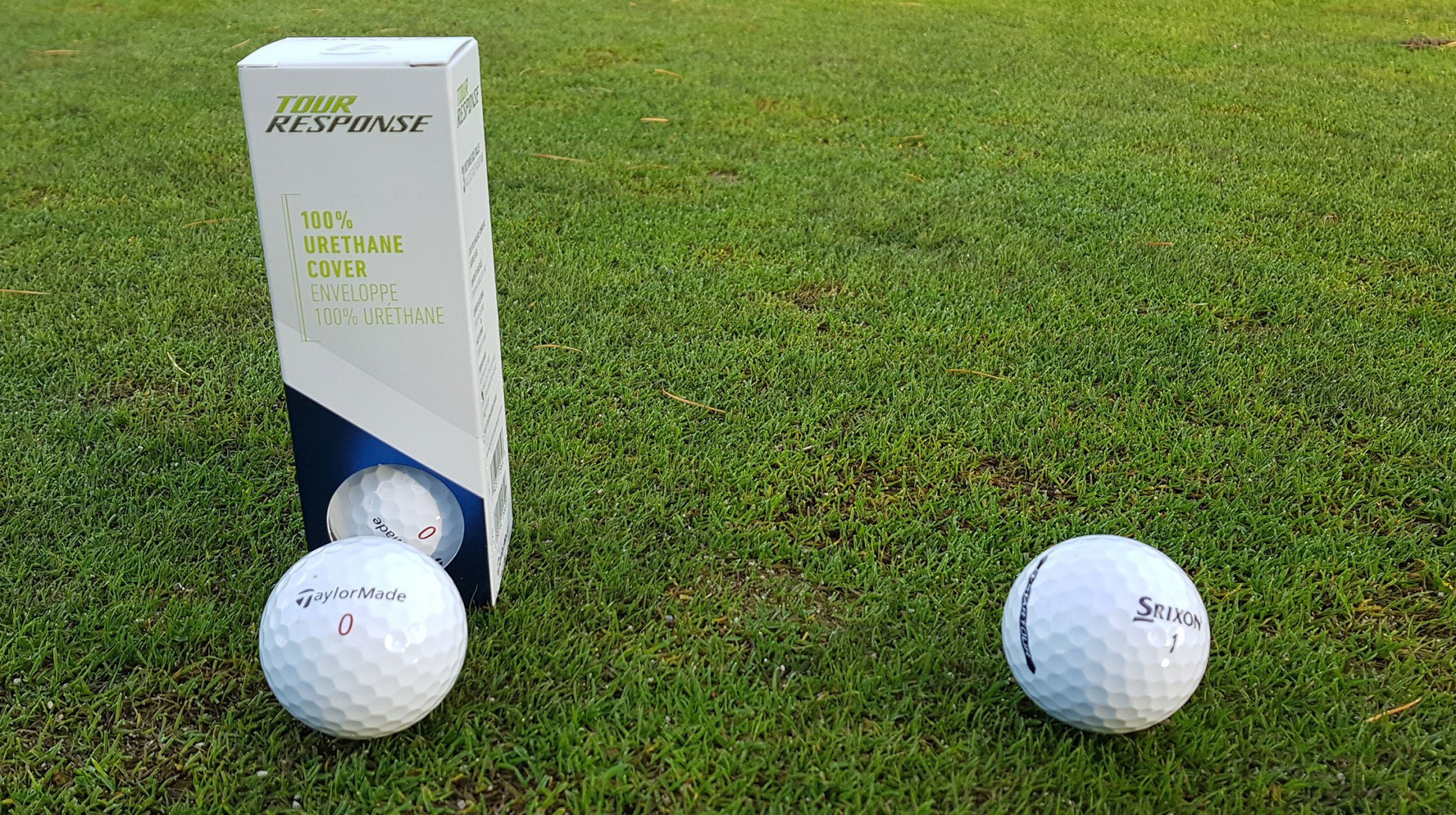 TaylorMade Tour Response vs Srixon Q-Star Tour
TaylorMade Tour Response vs Srixon Q-Star TourTaylorMade Tour Response and Srixon Q-Star Tour are both affordable alternatives to premium balls but which one came out on top in our review test
By Matthew Moore
-
 JM Eagle LA Championship Prize Money Payout 2025
JM Eagle LA Championship Prize Money Payout 2025The LPGA Tour heads to California for the JM Eagle LA Championship, where the largest prize money payout of the season so far is on the table
By Mike Hall
-
 Corales Puntacana Championship Prize Money Payout 2025
Corales Puntacana Championship Prize Money Payout 2025The PGA Tour’s latest opposite field event features an attractive prize money payout and some former champions in the field
By Mike Hall





